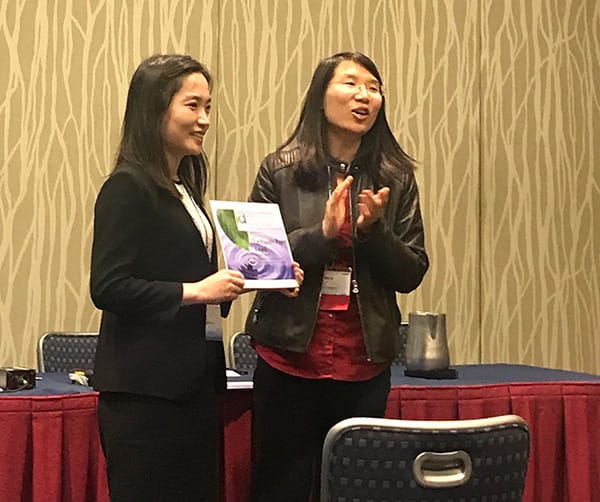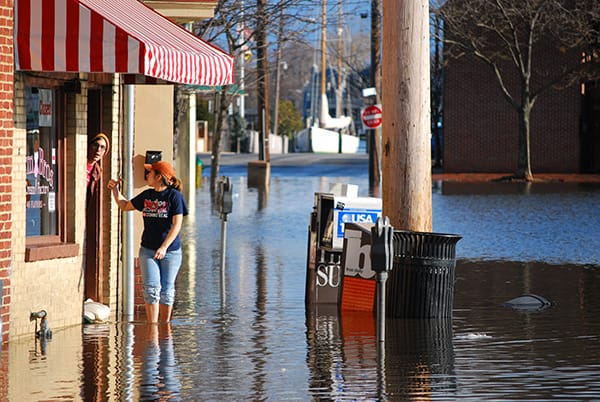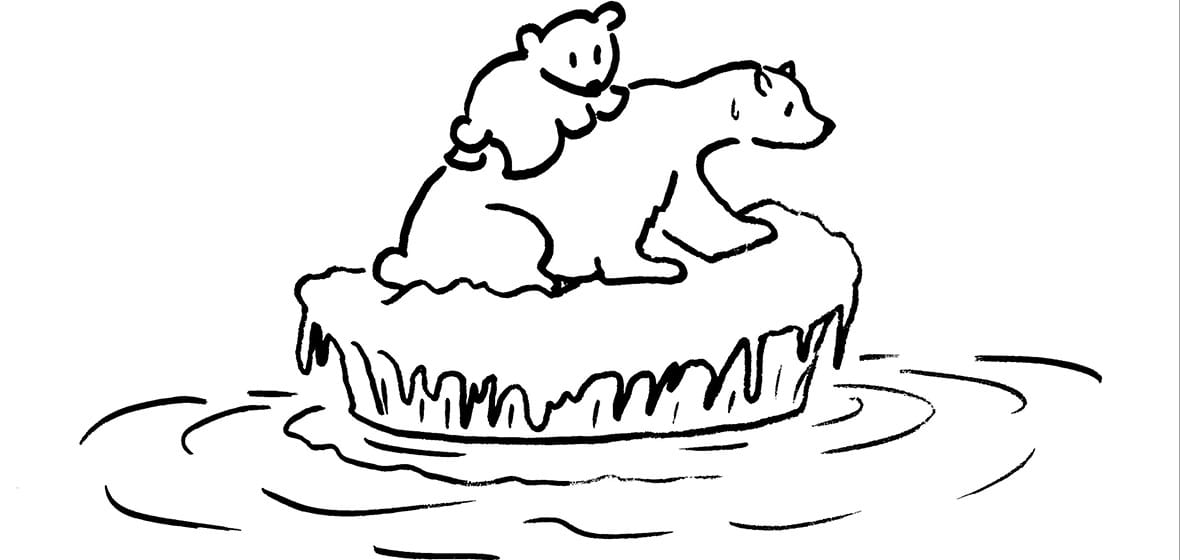“Climate change is one of the greatest threats facing us in this century,” Dr. Ran Duan said. “We know that although the media talk about climate change a lot, compared to many other countries, Americans' concern is still relatively low.”
Duan is a visiting assistant professor of environmental communication at the Reynolds School of Journalism. Her work focuses on the use of animation in environmental news, visual communication of natural disasters, risk perception and the implications of these areas for public policy and journalism practice. For Duan, climate change is one of the most pressing topics in journalism and one of her research concentrations.
“I wanted to understand how visuals can affect people to either encourage or discourage pro-climate behaviors,” she said. “Currently, we know that people consider climate change as a distant and abstract issue. So, I wanted to understand how we can use visuals to make it more real, local, urgent and relevant.”

Dr. Duan received her top faculty paper award during the May 2019 International Communication Association conference.
In May 2019, Duan was awarded a top faculty paper in environmental communication at the International Communication Association Conference (ICA). Her paper, which was co-authored by Bruno Takahashi and Adam Zwickle from Michigan State University, focused on how people differentially react to concrete and abstract images of climate change.
“Visuals are widely used in climate change journalism but are a relatively undeveloped field. I contributed to this field by quantifying visuals’ level of abstraction,” she said. “I think this subject is important because we want to understand how we can better communicate about climate change and engage the public.”
Duan began her research on visual communication and climate change during her Ph.D. at Michigan State University. In the first phase of the project, she identified more than 600 images of climate change, classifying them as either concrete or abstract.
According to Duan, abstract images are harder to understand and include data tables, black and white images, satellite images and infographics. Concrete images are the opposite.
“Concrete images, they are colorful and they have ordinary people and disasters…They are very vivid, straight forward and easy to understand,” she said.

Concrete images (like this one) include people and real disasters. "Flooding in Annapolis" by Matt Rath / Chesapeake Bay Program is licensed under CC BY-NC 2.0.
The second phase of her research looked at how abstract and concrete visual representations of climate change affected the public’s perceived distance to climate change. The third phase, the subject of Duan’s ICA top faculty paper, addressed people’s attitudinal and behavioral reactions to concrete and abstract images of climate change.
“I found that the concrete and abstract images did not directly influence people, but they interacted with other factors to change people’s feelings [about climate change],” she said. “Concrete images can backlash for certain groups of people.”
Factors including political beliefs, level of self-efficacy (belief of one’s ability to mitigate climate change) and level of environmentally friendly values affected whether abstract or concrete images were more effective at changing people’s feelings about the subject. According to her research, people with liberal values, higher self-efficacy and higher environmentally friendly values responded better to concrete images and those with conservative values, lower self-efficacy and lower environmentally friendly values responded better to abstract images.
Duan said she plans to use these findings in the courses she teaches in visual communication and data journalism at the Reynolds School.
“I want to do some exercises in the classroom to see how students feel about these different forms of visuals and how the concrete and abstract features can be useful for journalism thinking,” she said. “I want to also encourage students to think about the big picture and how we move on with the tough issues like climate change, particularly, how to use different emerging visual forms in the coverage in the future.”
Visit Duan’s faculty profile and her research webpage to learn more about her work.















